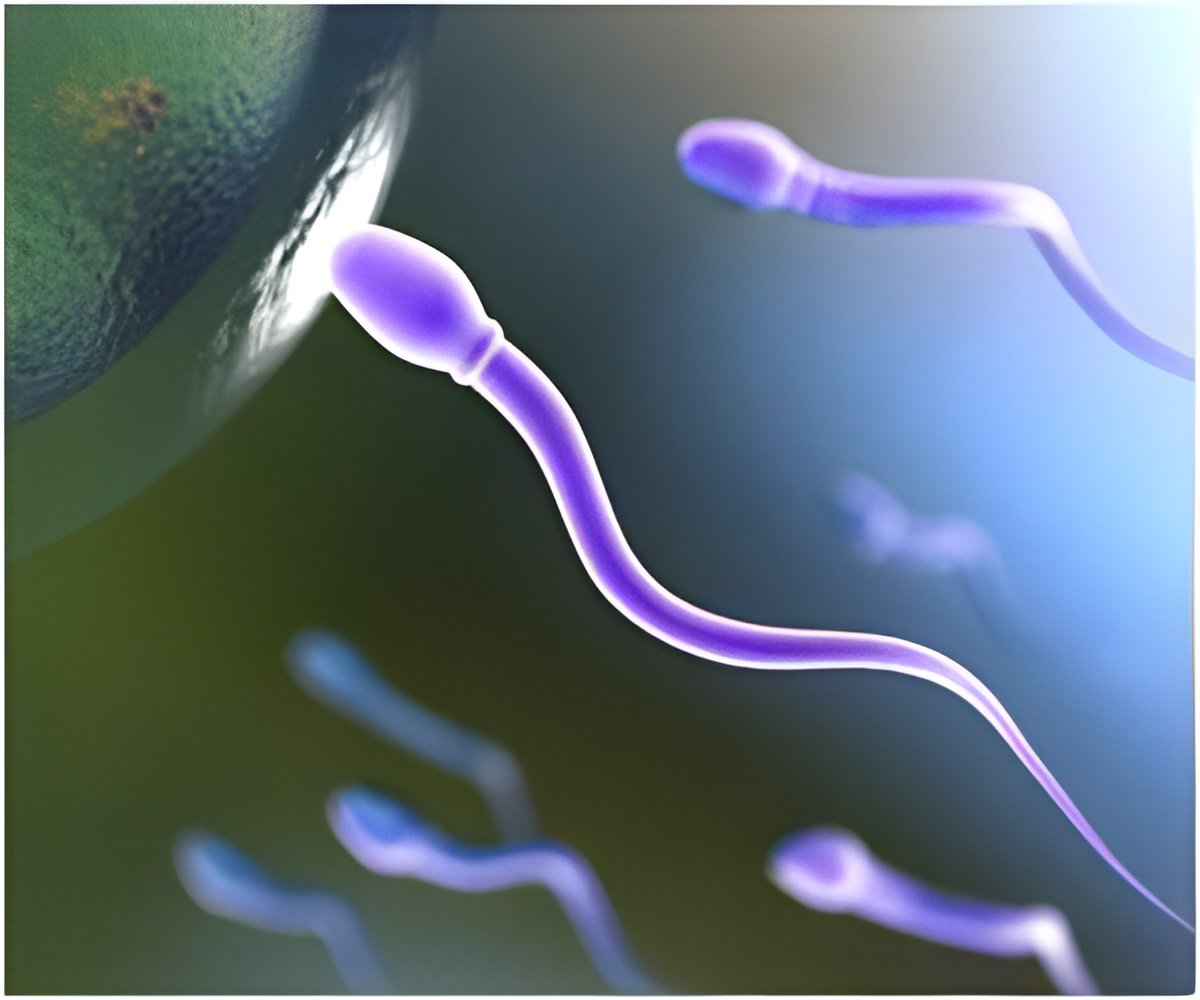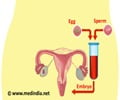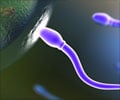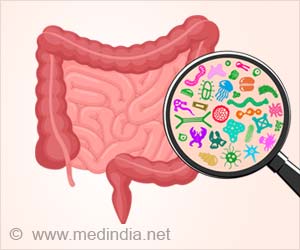A secreted enzyme helps egg cells avoid being fertilized by more than one sperm, a new study has revealed.

Ovastacin localized to cortical granules that were exocytosed after fertilization, and recombinant ovastacin cleaved ZP2 when added to zonae pellucidae. Mice lacking ovastacin failed to cleave ZP2 after fertilization, allowing sperm to continue to bind to the surface of early embryos. Female mice lacking ovastacin had slightly fewer offspring than wild-type animals but otherwise appeared normal.
The researchers found that ovastacin targeted several sites in ZP2. Senior author Jurrien Dean now wants to investigate how this proteolysis blocks sperm binding, a critical question because the molecular interactions between sperm and egg cells remain unknown. He also wants to examine how ovastacin is packaged into oocyte cortical granules and to identify other components of these secretory organelles.
Source-Eurekalert










